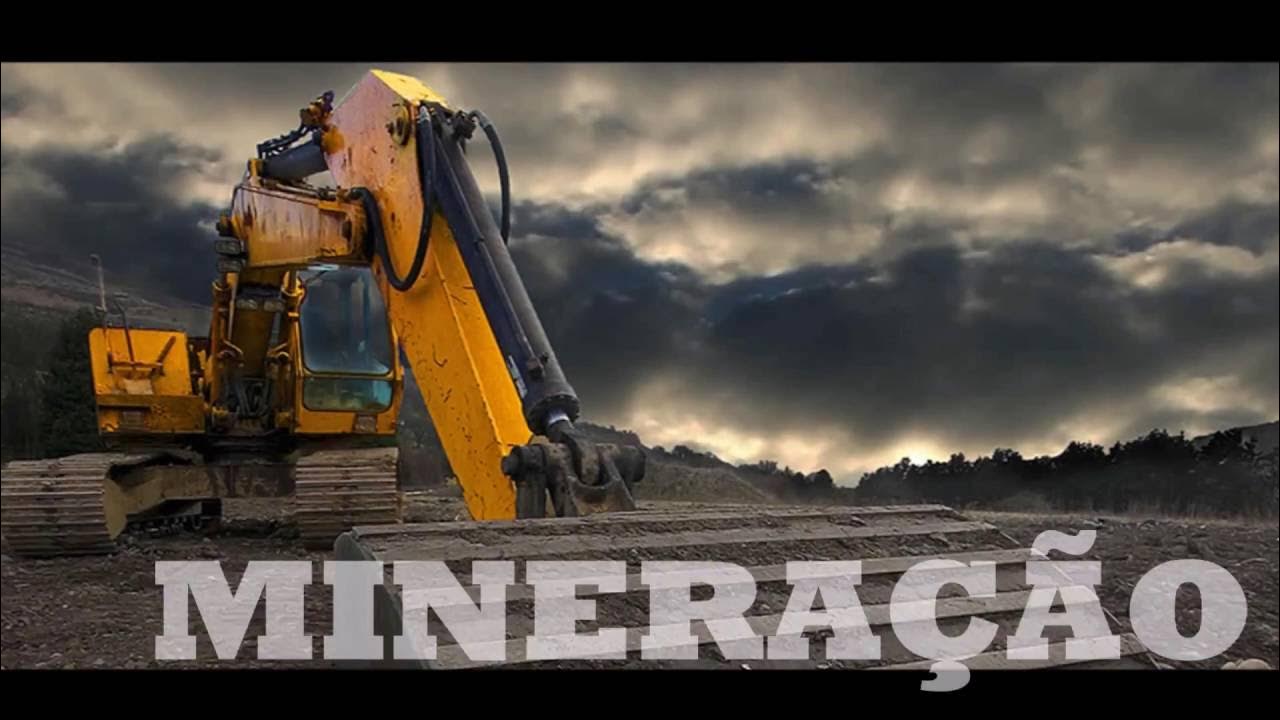Mining Techniques & Ore Processing | Lesson 5.2 | Earth Science
Summary
TLDRThis lesson focuses on the mining process, specifically on production and ore processing. It covers two major types of mining: surface mining and underground mining, detailing methods like open-pit, strip mining, and mountaintop removal for surface mining, and drift, slope, and shaft mining for underground operations. The lesson then shifts to ore processing, discussing steps like crushing, grinding, and various separation techniques such as heavy media separation, magnetic separation, flotation, and cyanide heap leaching, highlighting their importance in concentrating valuable minerals.
Takeaways
- 🔍 Mining is the process of extracting useful minerals from the Earth's surface, with two major types: surface mining and underground mining.
- 🏞️ Surface mining includes various methods such as open-pit mining, strip mining, mountaintop removal, and placer mining.
- 🚜 Open-pit mining involves digging large open holes in the ground to extract minerals.
- 🪨 Strip mining removes layers of soil and rock, called overburden, to access minerals beneath them.
- ⛰️ Mountaintop removal involves removing the top of a mountain to access mineral deposits.
- 🏞️ Placer mining extracts minerals from sediments, rocks, or gravel in riverbeds or lakes and is one of the oldest forms of mining.
- 🌍 Underground mining is used when minerals are buried deep within the Earth, with methods including drift mining, slope mining, and shaft mining.
- 🛤️ Drift mining involves cutting horizontally into the Earth to access minerals, while slope mining involves a sloping shaft to reach deeper materials.
- ⛏️ Shaft mining involves digging vertically or nearly vertically downwards to access deep mineral deposits.
- ⚙️ Ore processing, also known as mineral processing or ore dressing, involves separating valuable minerals from unwanted materials through techniques like crushing, grinding, and various separation methods.
Q & A
What is the primary focus of lesson number five in the video?
-The primary focus of lesson number five is on mining and ore processing, specifically the production phase of the mining process.
What are the two major types of mining discussed in the lesson?
-The two major types of mining discussed are surface mining and underground mining.
What distinguishes surface mining from underground mining?
-Surface mining is used when minerals are close to the surface of the earth, while underground mining is used when the minerals are buried deep in the earth's crust.
What are the different types of surface mining mentioned in the video?
-The types of surface mining mentioned are open-pit mining, strip mining, mountaintop removal, and placer mining.
How is open-pit mining carried out?
-Open-pit mining involves digging large open holes in the ground to extract minerals, covering a vast area of land.
What is strip mining, and how does it differ from open-pit mining?
-Strip mining involves removing layers of soil and rock (overburden) to extract minerals beneath them, unlike open-pit mining which digs large open holes.
What is the purpose of ore processing in mining?
-Ore processing, also known as mineral processing or ore dressing, involves separating the grains of ore minerals from unwanted materials to concentrate the valuable minerals.
What are some of the common methods used in ore separation?
-Common methods of ore separation include heavy media separation, magnetic separation, flotation, and cyanide heap leaching.
How does magnetic separation work in ore processing?
-Magnetic separation utilizes the force exerted by a magnetic field to attract magnetic materials, separating them from non-magnetic materials.
What is the purpose of cyanide heap leaching in mineral extraction?
-Cyanide heap leaching is used to extract valuable minerals, such as gold, by passing a cyanide solution through the ore to separate the desired substances.
Outlines

This section is available to paid users only. Please upgrade to access this part.
Upgrade NowMindmap

This section is available to paid users only. Please upgrade to access this part.
Upgrade NowKeywords

This section is available to paid users only. Please upgrade to access this part.
Upgrade NowHighlights

This section is available to paid users only. Please upgrade to access this part.
Upgrade NowTranscripts

This section is available to paid users only. Please upgrade to access this part.
Upgrade NowBrowse More Related Video

Mineral Resources | Lesson 5.1 | Earth Science

EM 10 - 11 Mining Method Selection (Part 2)

Minnesota Iron Mining Process

Avaliação do efeito da separação gravítica, via jigagem, na concentração de minério de ferro

Sublevel stoping mining method - Epiroc

Grade 11 - ORE MINERALS: processing, mining and finding; their uses in society @EdOx-dc
5.0 / 5 (0 votes)